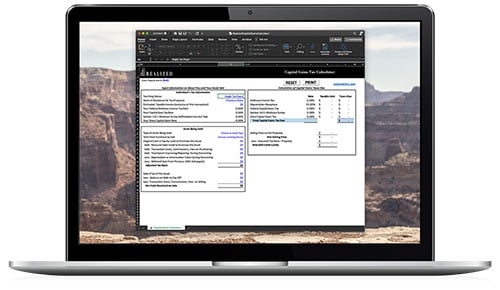
For investment property owners, navigating the intricacies of tax liabilities is a cornerstone of effective portfolio management. Among the most impactful tax provisions is the Primary Residence Exclusion, embedded in Section 121 of the Internal Revenue Code, designed to alleviate capital gains tax burdens for homeowners. While primarily aimed at traditional homeowners, understanding this provision can offer strategic advantages for those in real estate investment, particularly when properties transition in use.
Understanding the Basics
The Primary Residence Exclusion allows individuals to exclude up to $250,000 from capital gains taxes (or $500,000 for married couples filing jointly) when selling their primary home. To qualify, homeowners must meet the "2 out of 5 years" rule, meaning they must have owned and lived in the property as their primary residence for at least two of the last five years. Importantly, these years do not need to be consecutive, and the exclusion can be claimed once every two years.`
From Rental to Primary Residence: A Tactical Shift
Investment property owners might initially view the exclusion as irrelevant if their asset is mainly investment-focused. However, for properties transitioning from rental use to primary residence, strategic planning can unlock this tax benefit. If an investor lives in a property for at least two of the five years before a sale, they could qualify for the exclusion for those years it served as a primary residence.
This strategy becomes especially pertinent in markets where property values rise sharply. Converting a rental property to a primary residence potentially shields significant gains from taxation, albeit with conditions. The IRS mandates a pro-rata calculation for capital gains exclusion, considering the period the property was not used as a primary residence post-2008. This ensures that gains attributed to periods of non-qualifying use—such as rental or vacation—remain taxable, alongside any depreciation recapture.
The Complexity of Combining Strategies
Savvy investors might ponder blending the benefits of Section 121 with other tax-deferral mechanisms, like the 1031 Exchange, which allows for the deferral of capital gains by reinvesting in a "like-kind" property. However, merging these strategies requires careful navigation. For example, an investor could utilize a 1031 Exchange to defer taxes on an investment property, later converting the new property to a primary residence to eventually tap into Section 121 benefits. Yet, this involves satisfying both the "investment intent" required for a 1031 Exchange and the residency requirements of Section 121—demanding precise timing and documentation to ensure compliance.
Beyond Taxes: Portfolio Considerations
For astute investors, the Primary Residence Exclusion provides more than just tax savings. It encourages a holistic view of real estate holdings, where the lines between investment and personal property may blur for strategic gains. By examining the potential to leverage personal use within their broader portfolio strategy, investors can capitalize on fluctuating markets, shift asset focuses in response to life changes, or even prepare for favorable future sales.
In conclusion, while the Primary Residence Exclusion primarily aids traditional homeowners, investment property owners can also benefit by understanding and strategically employing this tax provision. Consulting with tax advisors or financial consultants to tailor these strategies to specific circumstances is prudent, ensuring maximum benefit from the array of available tax relief options.


